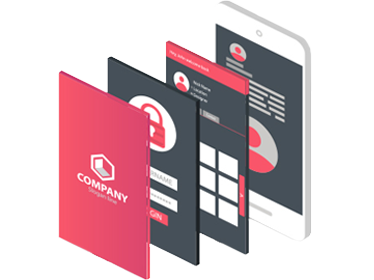
Growth Driven Design:
What You Need to Know
Few marketing teams are thrilled about overhauling their company website. That’s because a website redesign requires a significant upfront investment of time, financial resources and labor — and is often rife with development setbacks, scope creep and inter-departmental disputes.
It’s such an exhausting process that, once you finally push your site live, everyone is ready to wash their hands and move on to other projects. Generally, this means there’s little-to-no-effort devoted to ongoing optimization and results suffer.
In other words, traditional website design is a broken process. And that’s why many organizations are instead turning to growth-driven design.
What is Growth-Driven Design?
Growth-driven design (GDD) is an agile website development and design process that breaks the project into smaller, intentional phases and sets goals based on how your audience uses the site. Instead of relying on broad assumptions, GDD leverages user data to inform each decision.
Here’s a simplified breakdown of the GDD process:
-
Step 1: Analyze existing website performance and functionality and identify obstacles
-
Step 2: Conduct audience research and examine how users navigate your site
-
Step 3: Use flowcharts to design wireframes, which become completed pages
-
Step 4: Launch updated site and continue analyzing user data and optimizing over time
GDD is an ongoing process. Your website is never “done” because the process relies on continuous learning and, inevitably, there will always be something to improve. This saves you from massive, headache-inducing website overhauls because if you’re constantly optimizing your site, it’s unlikely you’ll have to undergo a full redesign every few years.
Are There Any Drawbacks to Growth Driven Design?
While GDD may sound like the perfect solution, its effectiveness depends on your approach.
For example, some GDD advocates recommend starting with a “launch pad site,”(a quickly built site that improves upon what you have but still needs to be optimized). But as a marketer, you know there’s no such thing as a “quickly built site” — at least, not a fully functional one.
Launch pad sites are rarely practical and often lead to the same challenges faced in traditional website design, like unrealistic project scope. And for enterprise organizations with multiple divisions and product or service lines, even a scaled-down starter site is a time-intensive endeavor.
How to Make Growth-Driven Design Work for You
Here are a few GDD best practices to help you make the most of this highly effective method:
-
Use the Agile Method. This approach divides projects into incremental sequences called “sprints.” Each sprint includes a planned amount of work for a short (but realistic) timeline. The agile method also focuses on regularly reviewing existing work and adapting where necessary (learn more about the agile method here).
-
Identify key user metrics. Select a few core user metrics to monitor regularly, such as click-through rates and lead conversions. It’s also a good idea to perform user tests through heat mapping and recorded sessions to determine how users navigate your site, consume content and make decisions.
-
Set clear expectations. Before you begin using GDD, take time to explain the process to all stakeholders, so there are no misconceptions about timelines, scope or expected results.
Growth-driven design is one of the most effective processes for tackling your website’s shortcomings and creating a better user experience for your audience. By following these guidelines and best practices, you can help your site generate a higher ROI for your business.
- © Kuno Creative - All Rights Reserved
- Privacy
- Terms & Conditions
- 3248 West Erie, Lorain, OH 44053
- 800.303.0806



